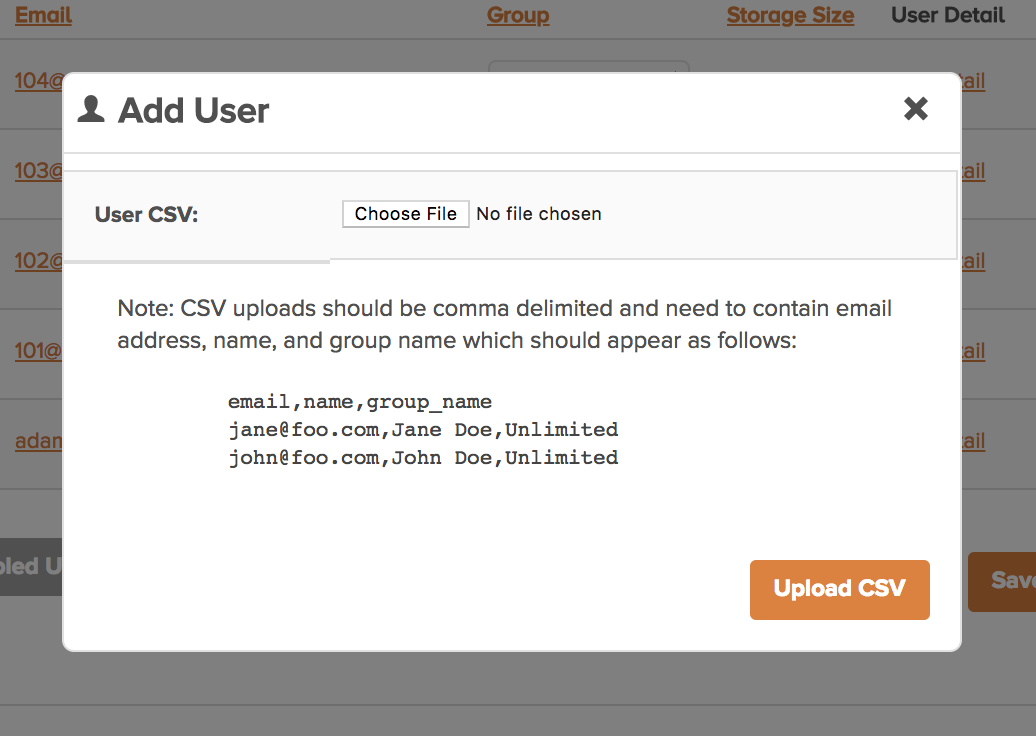
- Spideroak support how to#
- Spideroak support install#
- Spideroak support update#
- Spideroak support full#
Once set up, if left running in your taskbar it can monitor your files and back them up as needed.Īlso, if you right click on the background icon it offers a menu of choices. With openSUSE 11.3 it's as simple as installing the SpiderOak package via YaST or "zypper in spideroak", then launching "SpiderOak".
Spideroak support update#
OpenSUSE user gets a 15% discount if you buy space from them :) (simply enter opensuse as the coupon code when purchasing and click update for the discount pricing to become available)

Sharing today, we just don't have the means to take it. The very nice SpiderOak team already want to give us revenue Where REMOTE_FOLDER is the folder on your SpiderOak One account and LOCAL_FOLDER is the folder where the data will be restored to.Ĭongratulations, you now have a SpiderOak One account and can sync data from either a desktop or headless server.The openSUSE board is aiming at a foundation that could make financial deals in the future. SpiderOakONE -restore=/REMOTE_FOLDER -output=/LOCAL_FOLDER To restore a directory from your SpiderOak One account to the server, the command would be:
Spideroak support full#
Where /DIRECTORY is the full path to the directory you want to backup. You can then backup a directory to your SpiderOak One account with the command: Give the new device a name and the setup will complete. Setting up SpiderOak ONE on a headless server.
Spideroak support install#
Once you’ve successfully authenticated, you will then have to walk through a text-based setup where you will need to install a new device, so leave the prompt blank and hit Enter on your keyboard to set up a new device ( Figure D). The above command will require you to login with your SpiderOak ONE credentials. The first command will setup the account on the server: Using SpiderOak One from the command line is pretty simple, and is relegated to a few commands. You can set that up on a desktop and then migrate over to your headless server, install the software with the same commands as above, and make use of the SpiderOak One command line options.

However, you do have to set up your SpiderOak One account from within the GUI tool. This means you can use the cloud sync tool on a headless Linux server. If you’re using SpiderOak One on Linux, you have command line options available. From the main window ( Figure C) select the folder you want to sync to your account, and click the Save button. You will then be prompted to give your computer a name ( Figure B). Fill out the necessary information ( Figure A) and click Create Account. When you open SpiderOak One for the first time, you will be required to setup an account. When the installation completes, you’ll find a SpiderOak One entry in your desktop menu. Now update apt with the command sudo apt update and install SpiderOak One with the following command: Sudo apt-key adv -keyserver -recv-keys 573E3D1C51AE1B3D In that file, add the following contents:īefore we update apt and install the software, we must add the necessary SpiderOak public key with the command: To do this, issue the following command to create a. To install SpiderOak One, open a terminal window and add the necessary repository. This process I outline here is also capable of installing SpiderOak One on distributions based on Ubuntu 16.04, 16.10, 17.04, and 17.10.

The installation process for your platform will vary, but the usage will remain the same across operating systems. I’ll be demonstrating SpiderOak One on Ubuntu 17.10. SpiderOak One is available for Linux, macOS, Windows, Android, and iOS.
Spideroak support how to#
Jack Wallen shows you how to get this up and running. If you're looking for a cloud storage solution that can be used from either a GUI or the command line, SpiderOak One might be what you need. How to install SpiderOak One on Ubuntu and use it from the command line


 0 kommentar(er)
0 kommentar(er)
